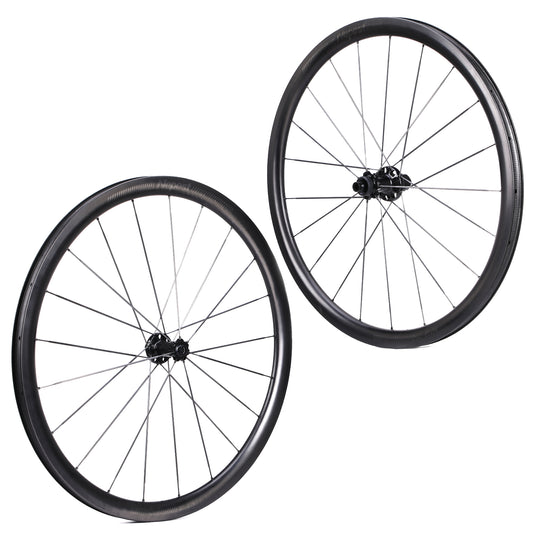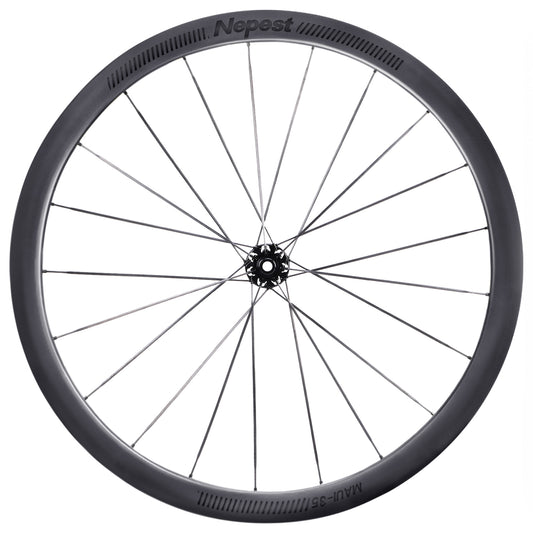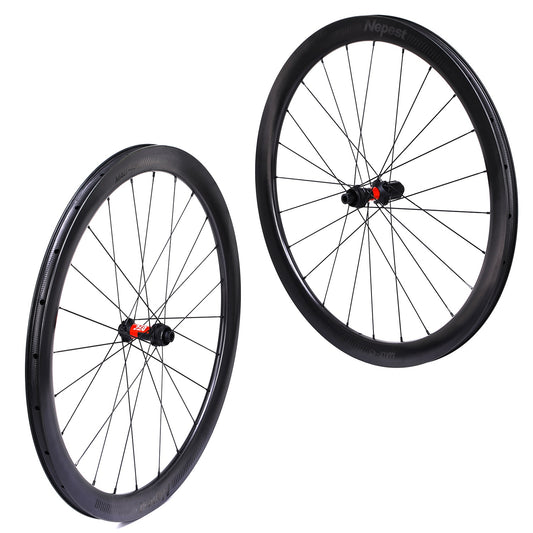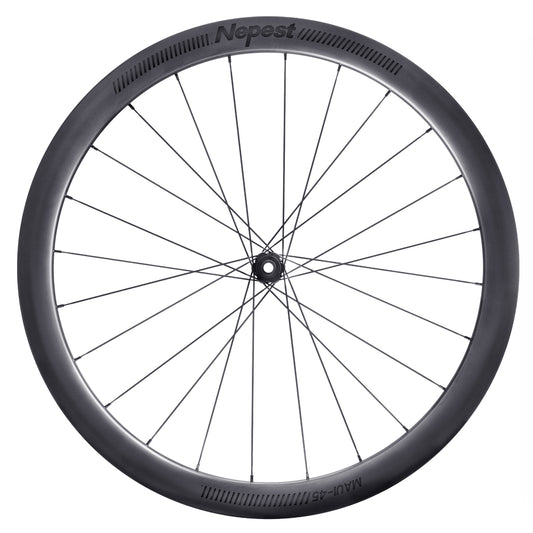Floor & Mini Pumps
Types of bike pump
- Track pump
Every cyclist needs a decent track pump (also known as a floor pump), and if you’re building a home workshop it really should be one of your first purchases. This style of pump will almost always offer a long flexible hose, pressure gauge and large chamber for quick air transfer.

- Hand pump
While a portable hand pump (or mini pump) can be used as your only option, it really shouldn’t be your first port of call. Portable pumps are designed for emergencies or occasional use and so are kept compact and light. With these size constraints come comprises. The main issue is that these pumps stress the valve stem, eventually leading to a leaking or useless inner tube. There are pumps on the market that add a flexible hose to remove this issue, but you’re still left pumping longer than you would do with a track pump, and in many cases, not able to reach the ideal pressure.
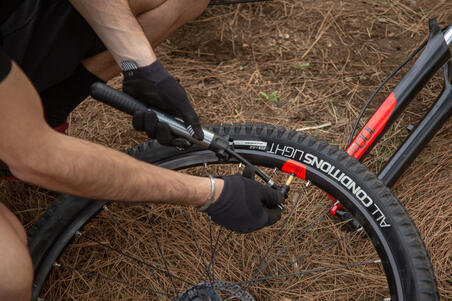
- Frame pump
Effectively a longer, more efficient hand pump. A frame pump is designed to fit within the triangle of a bike frame. This allows the pump to be bigger, which often means a more effective hand pump. You’ll generally only find this style of pump on steel road and touring bikes.

- CO2 inflators
You can inflate your tyres in a hurry with compressed carbon dioxide. This should only be used in case of a flat out on the road or trail though because the cartridges are expensive and wasteful. A common 16g cartridge will inflate a standard 700 x 23c tyre to about 100psi.
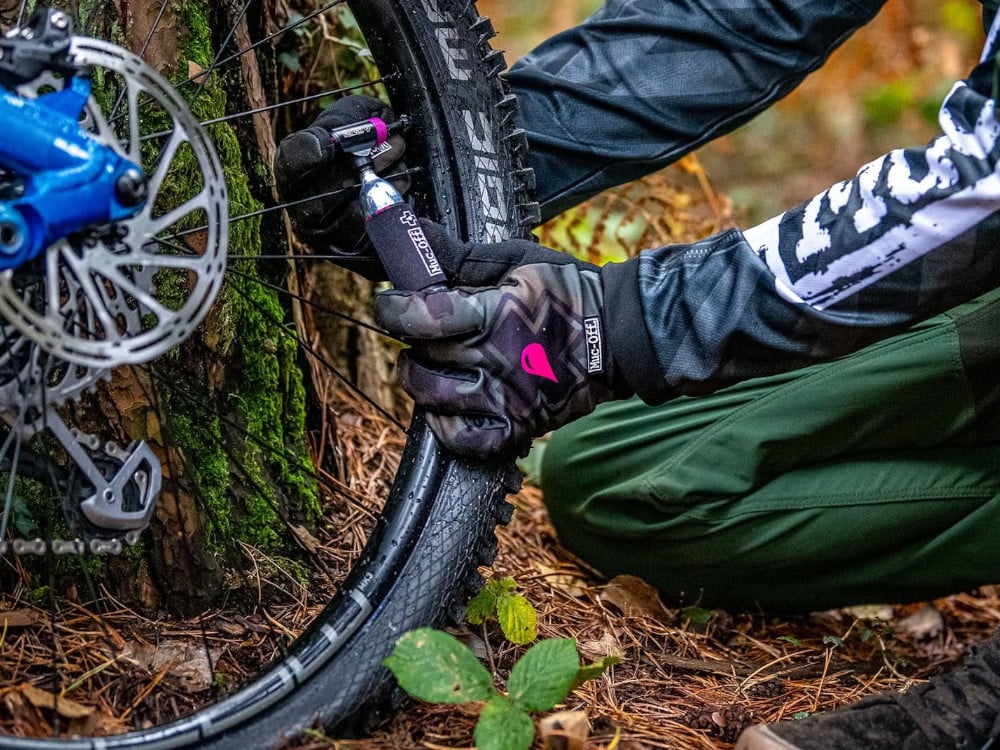
A common issue with these inflators is that you only have as many attempts as there are cartridges. A way out of this is with a hybrid pump, this combines both a CO2 inflator and hand pump together, so you can use the CO2 if you’re in a hurry or save it if you’ve got time.
- Shock pump
If you own a mountain bike with air sprung suspension, it’s worthwhile investing in a shock pump. This high pressure, small-volume pump will often have a max pressure of 300psi, allowing you to get the right pressure and then fine tune it.

- Other options
You could also consider an air compressor or battery-operated air pump. The battery-operated air pump is popular among professional cyclocross mechanics — its electric-drill shape makes it easily portable and inflating light work, but its maximum pressure is limited and the good ones are expensive. Air compressors are the go-to option in bike shops and are especially handy when seating tubeless tyres, but are more expensive, very loud and casual users will sooner reach for a floor pump than switch on the compressor.

Things to consider when buying a bike pump
Pressure needed
Not many people really need a pump that goes to 260psi and even a committed mountain biker probably wouldn’t need above 40psi. A higher pressure pump is often a trade-off for volume output, or at least gauge accuracy. Because of this, some brands like Lezyne offer pump models specific to road or mountain biking.
Volume needed
Much like pressure, this will depend on your main bike choice. A high-volume pump will mean it takes fewer strokes to reach your desired pressure, but in turn will generally mean a lower maximum pressure. As mountain bike tyres have far greater volume (and lower pressure), a large volume pump is more important here. If you have tubeless tyres, a pump with a massive volume output may be enough to seat a tyre without needing an air compressor.
Gauge accuracy
Few hand pumps include a gauge, but any decent track pump should. Look for a gauge that’s easy to read and offers a suitable pressure range for your needs. Gauges are generally most accurate at the middle of the range, so if you’re trying to accurately inflate your mountain bike tyre between 23 and 25psi you’ll need a gauge with a low pressure accuracy (or just a separate pressure gauge).
A pump with a digital gauge is also an option if you’re looking at more expensive options.
Pump heads and valve types
Presta (racing style) and Schrader (car style) are the two most common valve types, with a Woods valve occasionally appearing too. Nearly all pumps these days will cater for at least Presta and Schrader, but not all are as simple as others. Some pumps are valve-specific, others must be changed internally to fit various valves. A twin-valve head will have two separate slots for either valve, while a ‘smart-head’ will automatically adjust to the various valve sizes. Then there’s the thread-on style, which offers a reliable fit, but needs to be ‘flipped and changed’ depending on your desired valve.
If you use tubes or tubeless valves with a removable core, just beware that some thread-on pump heads can unscrew the valve once inflated. For this style of valve, more common ‘press-on’ style heads are best.
Size
If your pump is going to stay at home, size isn’t going to be of great concern. But if you’re planning to carry your pump on a ride or take it in the car, then it’s an important factor in your decision. The smallest mini-pumps will eventually inflate a tyre, but are obviously limited on air volume.
Weight
Much like size, weight isn’t a concern if the pump is going to be left at home, and here, a sturdy pump that doesn’t topple over is a bonus. But if you’re looking to carry it with you then you don’t want anything too heavy.
The most expensive pumps are now made with lightweight aluminium or even carbon fibre, but there are plenty of plastic options which are perfectly acceptable too. Don’t trade-off low-weight for something that’s just not suited to your needs, but at the same time, there’s no point carrying extra weight if you don’t have to.
Construction
The quality of a pump’s construction is often in line with its price, and generally speaking the more expensive the pump, the more metal it contains. For track pumps, the cheapest options are plastic and will flex and wobble under heavy use, eventually giving up. The metal ones are far more solid, keep going and are well worth rebuilding.
Serviceability
This generally applies to the more expensive pumps — which can be seen as a long-term investment. Most main brands will offer a range of common spares to keep your pump, er… pumping. The most important spares are the head and valve gaskets as these will wear and begin to leak overtime. Don’t buy an expensive pump if spares are not readily available.
- Choosing a selection results in a full page refresh.


